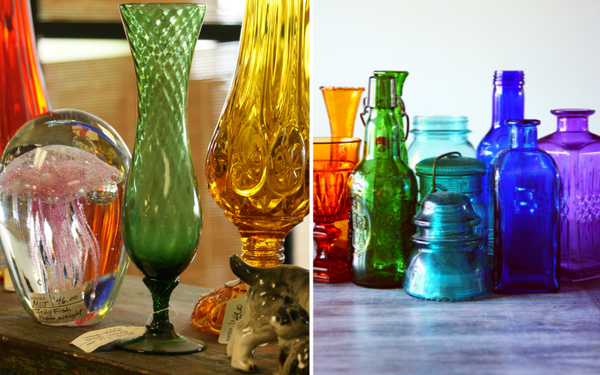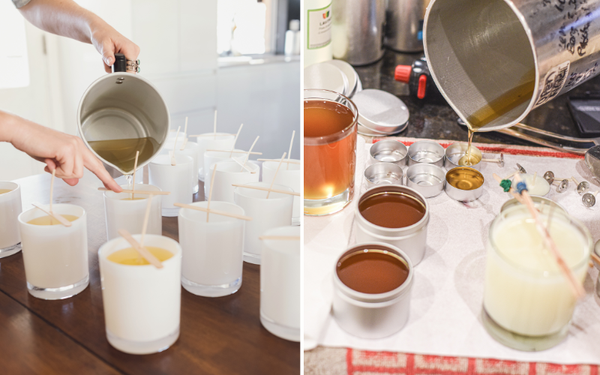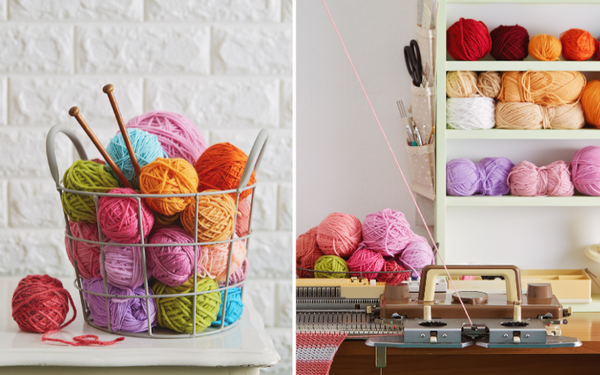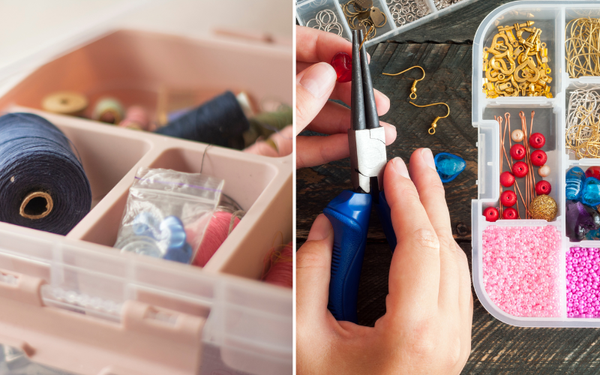Soap making has become quite popular in recent years, with more and more people looking to make their own natural and organic skincare products at home. But with so many soap making processes out there, it can be difficult to know which one is best for you.
In this blog post, we’ll compare three popular soap making processes - cold process, hot process, and melt and pour - to help you decide which one you should try.
Cold Process Soap Making:
Cold process soap making is the traditional method where lye is mixed with oils and fats to create saponification. The process takes at least four weeks to allow the soap to cure before it can be used. This method provides high-quality soap with good lather and is perfect for those who are looking to customise the ingredients for their own brand of soap.
Pros:
• High-quality soaps
• Endless customisation options
• Good lather
Cons:
• Requires precision measuring
• Safety concerns while handling lye
Hot Process Soap Making:
Hot process soap making is similar to the cold process, but it involves using a heat source to speed up the saponification process. Unlike cold process soap, hot process soap can be used immediately after the cooking stage and can achieve a rustic appearance. People who prefer a rustic-looking bar tend to enjoy the hot process more.
Pros:
• The bar can be used right away, no waiting
• The rustic appearance of the final product
• Easier to cut than cold-process soap
Cons:
• The soap can be overly coarse due to the quick drying process
• Observe caution with the hot liquified soap
Melt and Pour Soap Making:
Melt and pour is the most straightforward of the three soap-making methods. It refers to melting an already made base, adding color and scents to it, and then pouring it into a mould. As easy as it sounds, melt and pour is less flexible, and its finished product is not as premium as cold process or hot process.
Pros:
• Straight forward process
• Ready-to-use soap bases
• Available soap base types
Cons:
• Limitations in customization
• Lower quality than cold process
Conclusion:
It all depends on your preference and skillset when it comes to soap making. Do you have the necessary skills for handling lye? Do you prefer a rustic appearance, or do you want something more polished? What is your budget? Do you have enough time to let the soap cure? Consider these questions when choosing which soap-making process to pursue. Whatever you decide, give it a try, and you'll undoubtedly enjoy the process of creating something from scratch, knowing you made something amazing with your hands.










